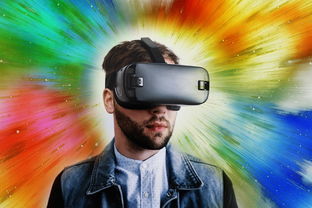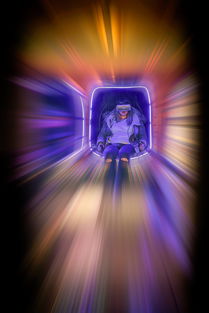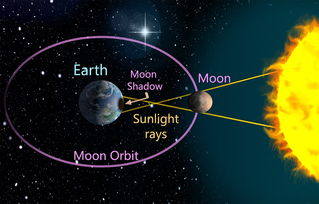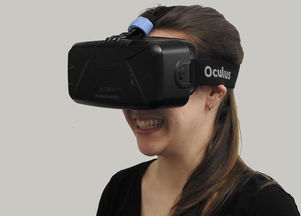Virtual Reality (VR) technology has been a concept that has intrigued scientists, engineers, and the general public for decades. The idea of immersing oneself in a completely different world, interacting with it, and experiencing it as if it were real, has been a dream that has now become a reality. This article delves into the evolution of VR technology, its current state, and its potential future.
The roots of VR technology can be traced back to the 1960s when Ivan Sutherland, a computer graphics pioneer, created the first head-mounted display (HMD) called the "Sword of Damocles." This rudimentary device was a bulky and unwieldy contraption that hung from the ceiling, but it laid the groundwork for what was to come. The concept of VR was further developed in the 1980s and 1990s with the introduction of more sophisticated HMDs and the first commercial VR products, such as the Virtuality arcade systems.
However, it wasn't until the 21st century that VR technology began to truly take shape. The rise of smartphones and the subsequent development of high-quality, affordable sensors and displays played a significant role in this. Companies like Oculus, HTC, and Sony started to develop consumer-grade VR headsets that were more accessible and offered a more immersive experience. Oculus Rift, HTC Vive, and PlayStation VR are some of the most notable products that have brought VR into the mainstream.
The current state of VR technology is quite advanced. We have seen significant improvements in the resolution of displays, the reduction of latency, and the development of more intuitive controllers and motion tracking systems. These advancements have made VR experiences more realistic and engaging. Additionally, the software side of VR has also seen tremendous growth, with a wide range of applications in gaming, education, healthcare, and training simulations.
One of the most exciting aspects of VR technology is its potential for social interaction. Platforms like AltspaceVR and VRChat allow users to meet and interact with others in virtual environments, creating a sense of presence and connection that was previously unattainable. This has opened up new possibilities for virtual events, meetings, and even social gatherings.
The future of VR technology is promising and holds the potential for even more significant breakthroughs. As we move towards a more connected and digital world, VR could become an integral part of our daily lives. We can expect to see further improvements in the hardware, making VR headsets more comfortable and less intrusive. The development of haptic feedback systems will also play a crucial role in making virtual experiences more immersive, allowing users to feel physical sensations within the virtual world.
Another area of development is the integration of VR with other emerging technologies such as augmented reality (AR), mixed reality (MR), and even brain-computer interfaces. These combinations could lead to new forms of interaction and experiences that are currently beyond our imagination.
In conclusion, VR technology has come a long way from its humble beginnings. It has evolved from a concept in science fiction to a reality that is transforming how we interact with digital content. As the technology continues to advance, we can expect VR to become an even more integral part of our lives, offering new ways to learn, work, and play. The journey of VR technology is a testament to human ingenuity and the power of imagination, and it is an exciting field to watch as it continues to evolve.









